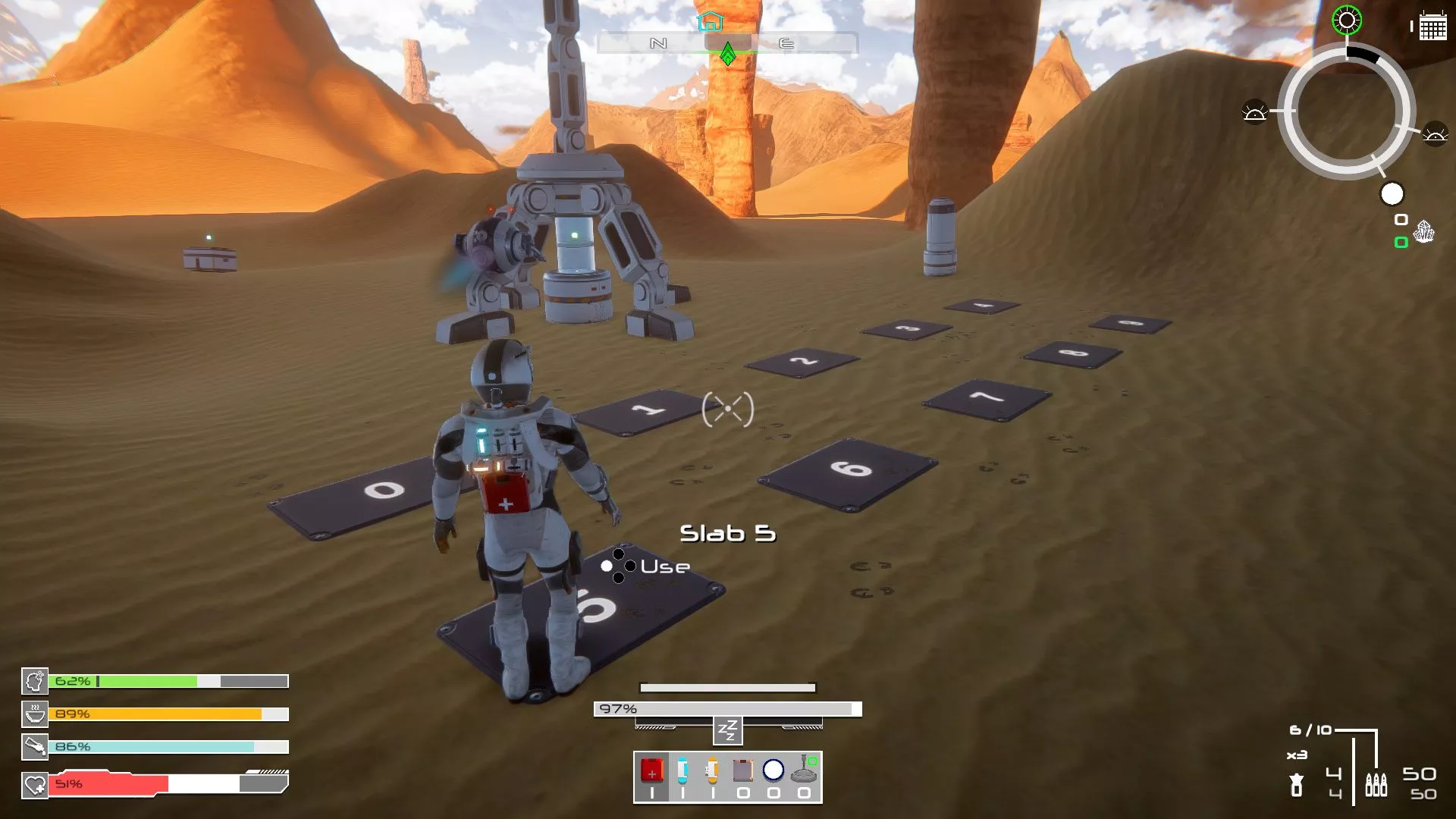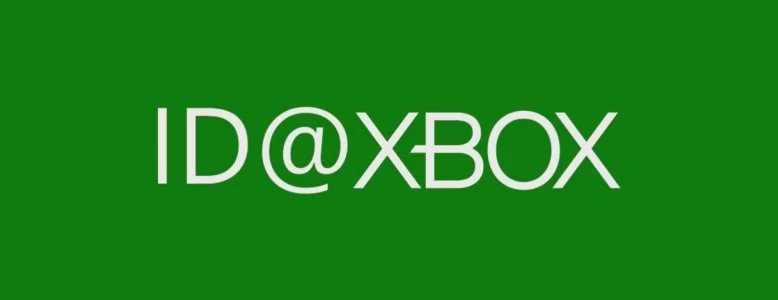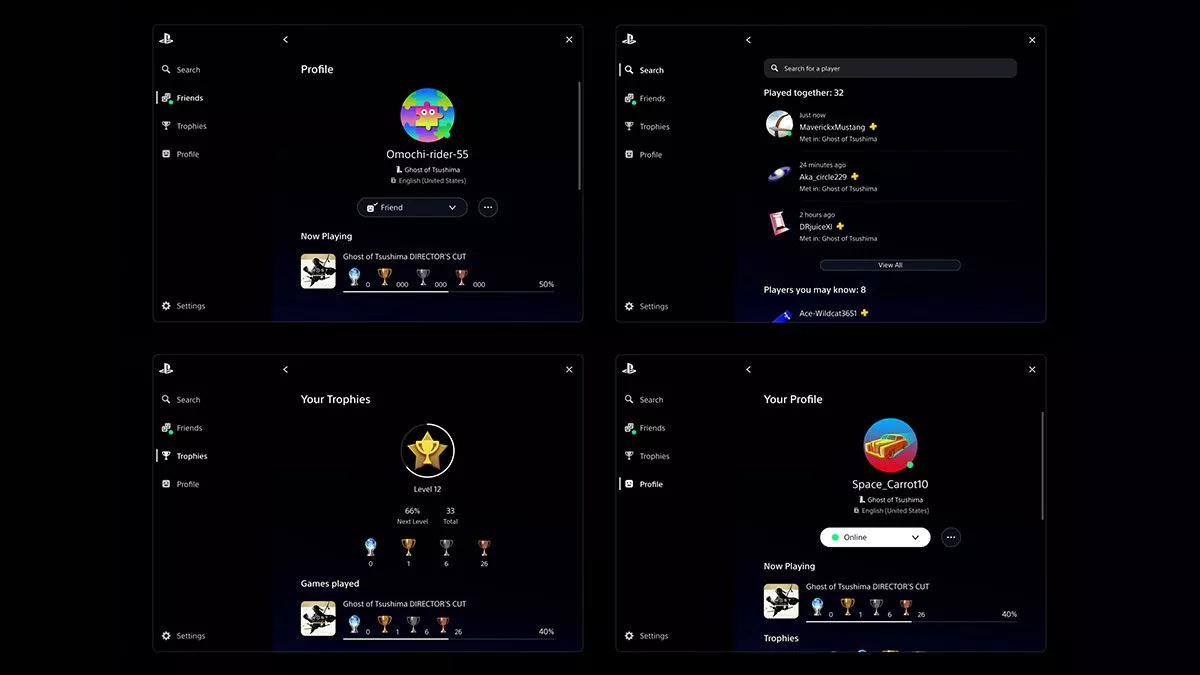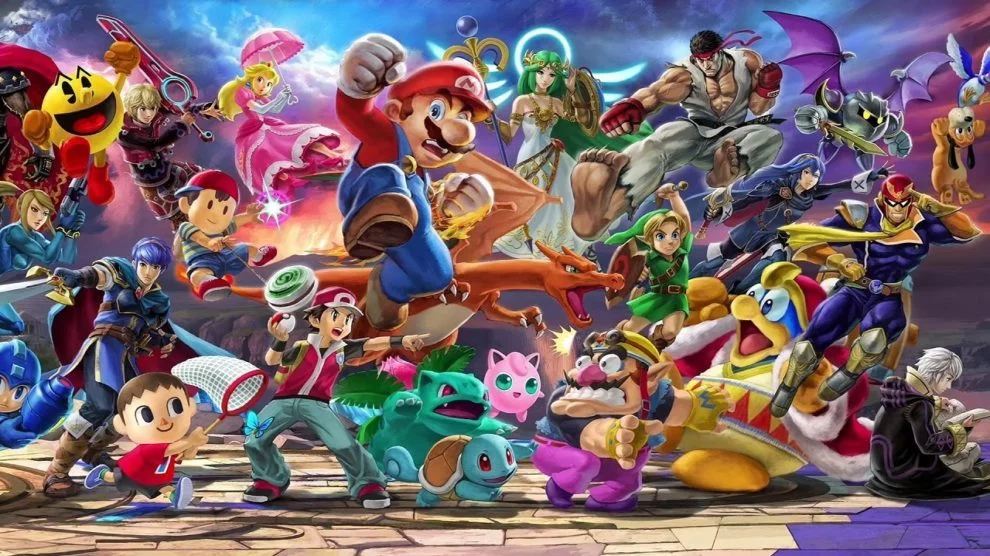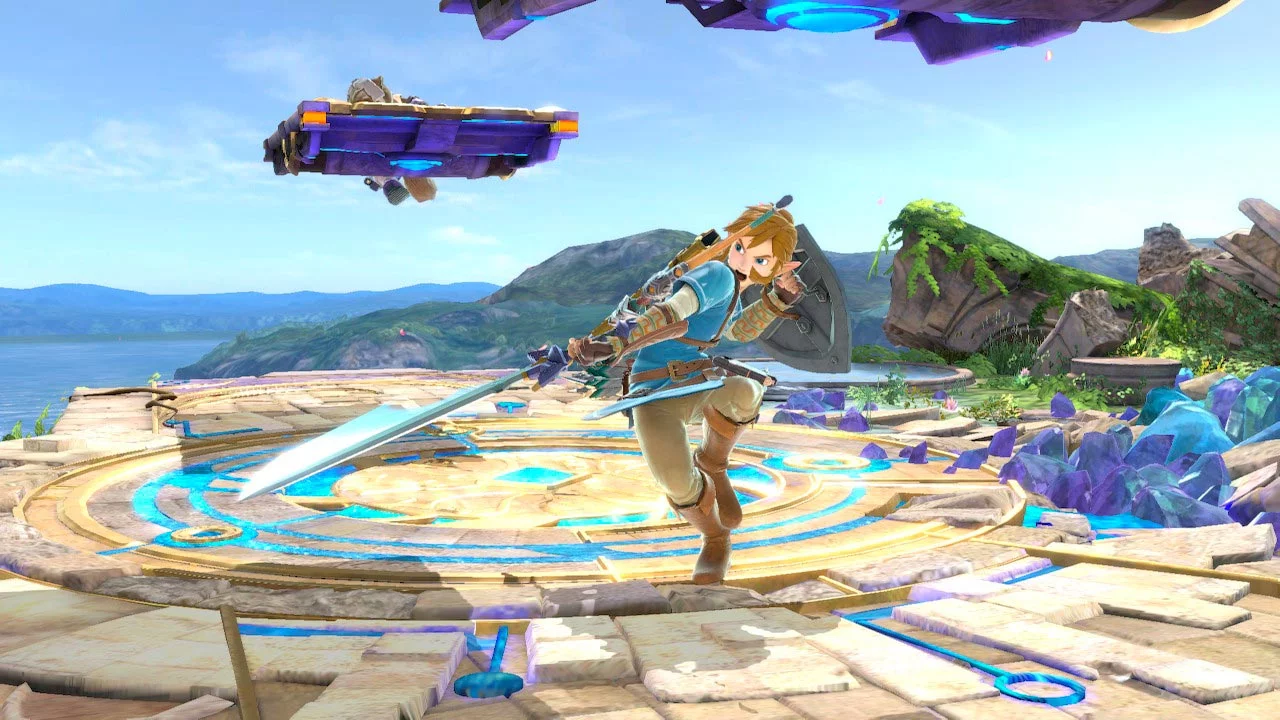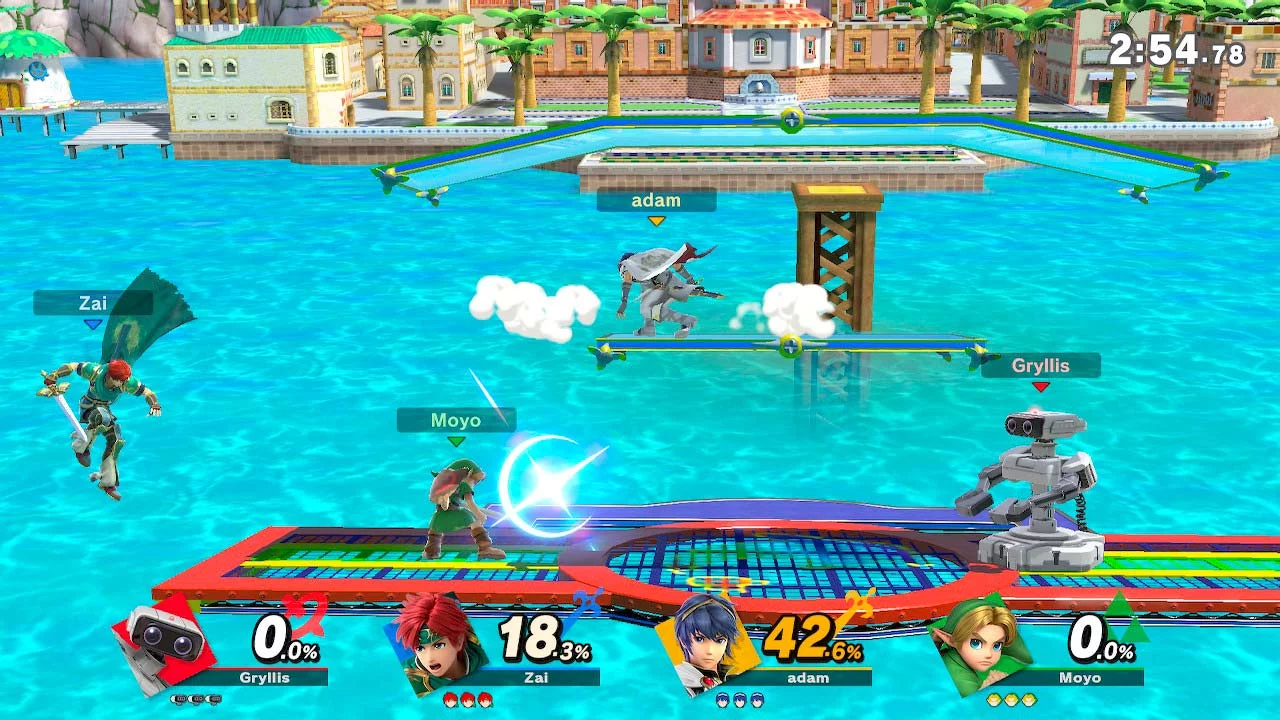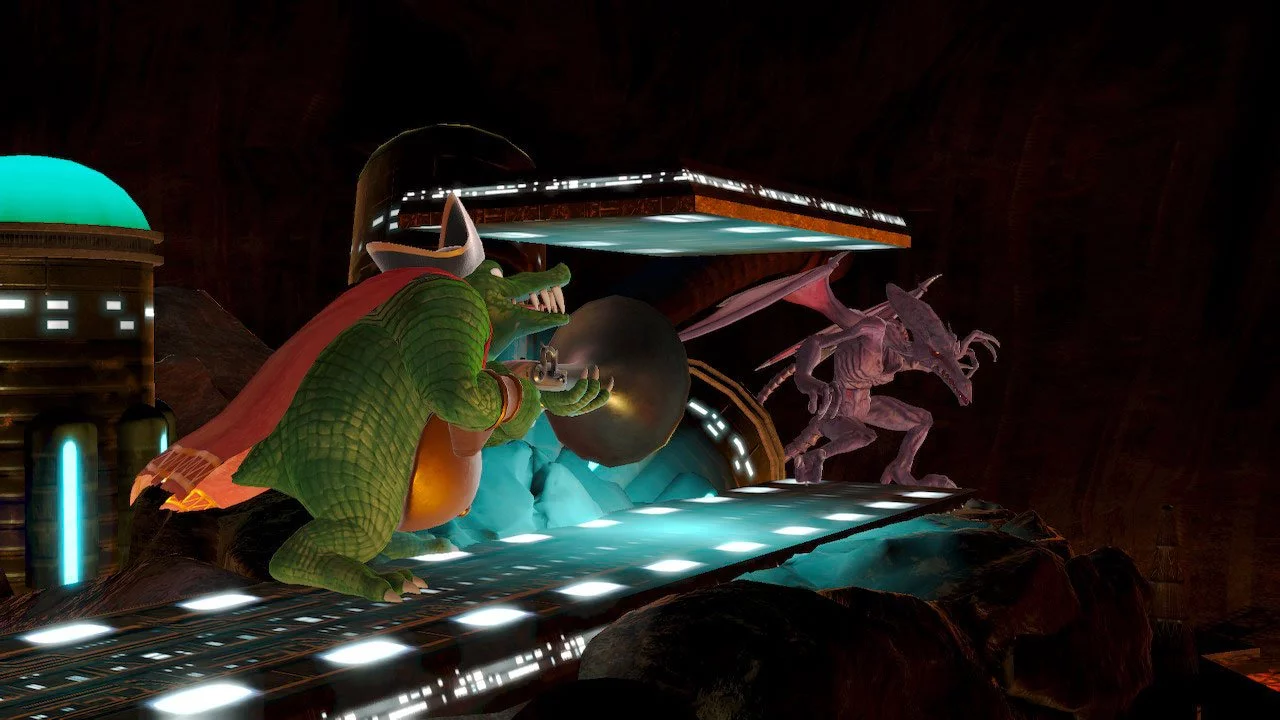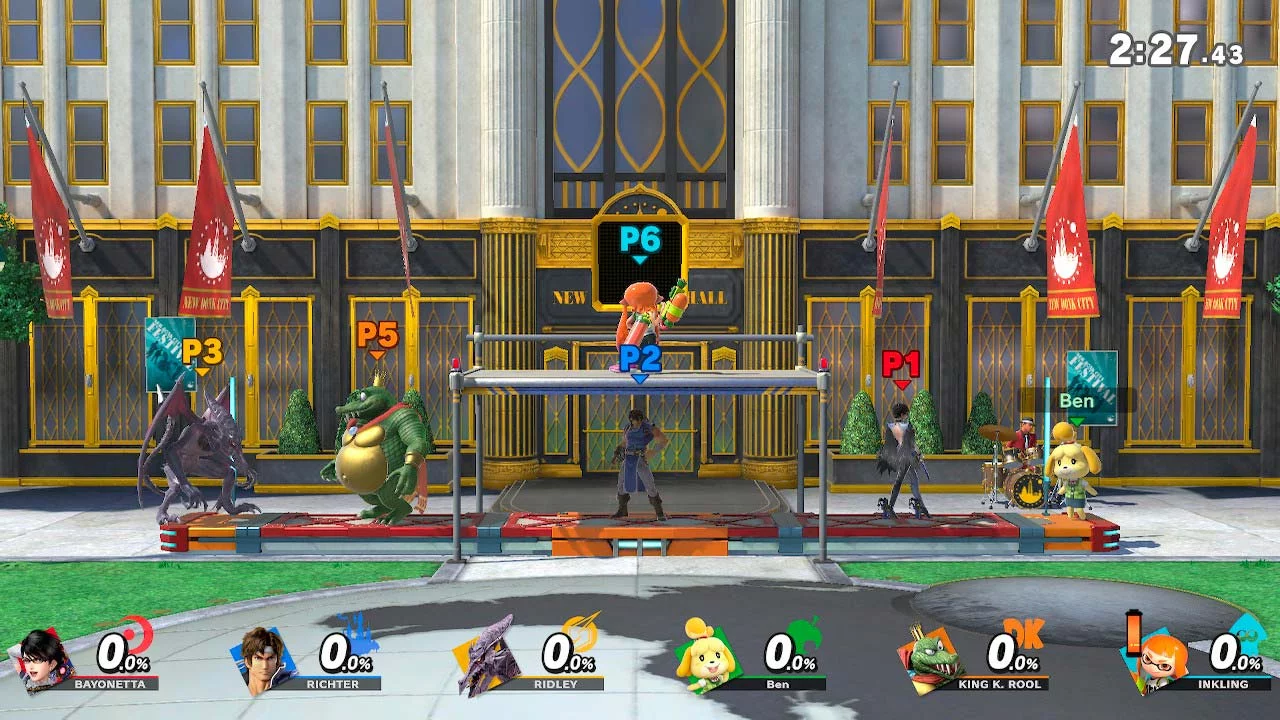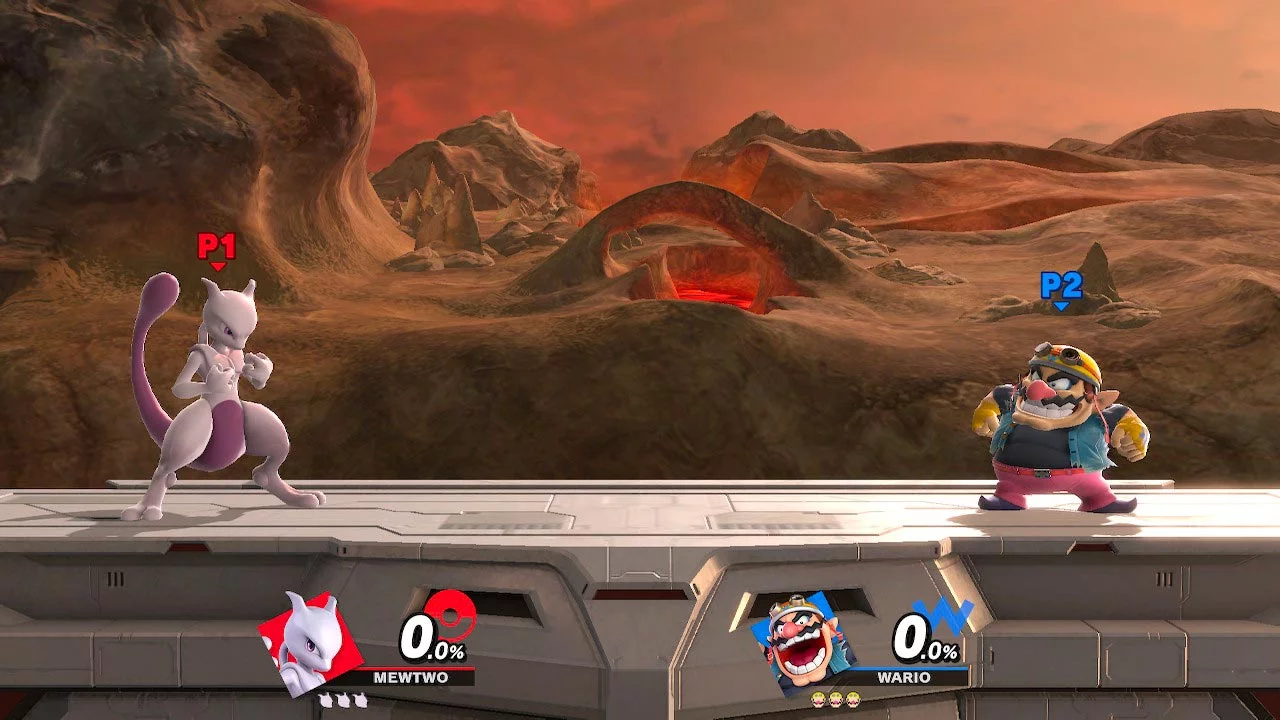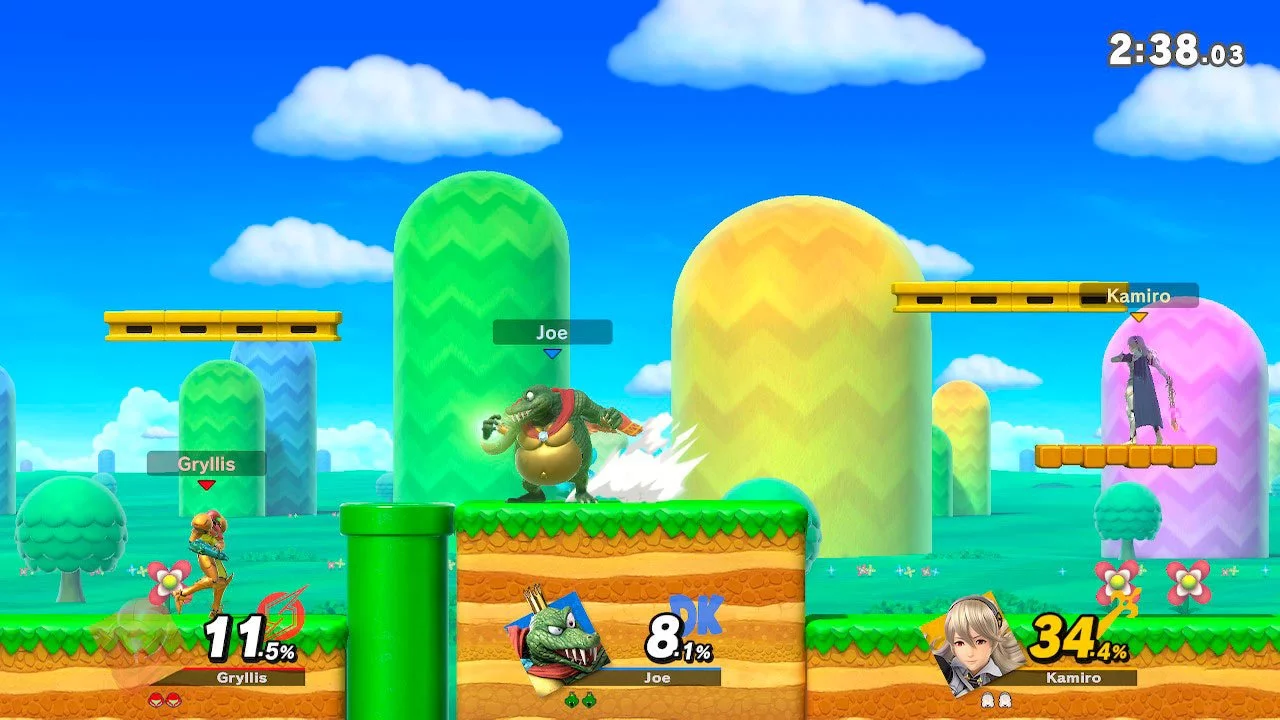It’s amazing to think new players are joining Super Smash Bros. for the first time on Switch; good luck figuring it all out. For those of us who have grown up with the series, each upgrade to mark the arrival of a new console, since Melee, has felt like the ultimate Super Smash Bros. experience; now, after almost 20 years, Game Director Masahiro Sakurai has finally seen that title befitting of his ultimate local multiplayer game.
The vanilla titled Wii U version was a tidy, yet hefty package coupled with its 3DS sidekick in 2014. Considering Nintendo’s affinity for giving Wii U hits, and lesser known highlights, a second wind on Switch, I was surprised that Super Smash Bros. for Wii U/3DS wasn’t given another run relatively early this generation. The record-breaking Mario Kart 8 was retooled for portable play, breaking a new batch of records in the process, and it carried a similar sense of completion; it isn’t apparent how Nintendo could better it.
While I had Smash in the same boat, Nintendo knew it could do more. Featuring an astonishing 74 fighters at launch, across 103 stages and more than 700 catchy audio tracks — with more to come via DLC — Super Smash Bros. Ultimate blows its predecessor out of the water in stats, but numbers alone only tell part of the story. While local multiplayer remains the crux of Smash Bros, there’s a clear focus on improving the single-player and online experiences, while tweaking, without overhauling, aspects of the gameplay.
You know the drill. Nintendo’s all-star line-up, and a selection of guests, battle it out for supremacy. It’s all here: every character and every stage from the Nintendo 64 through to the Wii U/3DS returns, while new stages are designed with the series’ iconic percentage system at the forefront, and the controls replicate those we’ve been familiar with since Melee on the GameCube. The 2002 controller remains the input method of choice, and with such deeply ingrained muscle memory, I actually really struggled trying to adapt to the JoyCons or Pro Controller — talk about being stuck in my ways.
Gameplay is refined, rather than reinvented, from the Wii U build, headlined by support for up to eight players locally. I never thought Super Smash Bros. needed more combatants, but with between five and eight players, the hectic chaos reaches dazzling new heights. In truth, eight-player mode is not how Super Smash Bros. Ultimate is best played; with so much happening, it’s easy to lose yourself and run off an edge to certain death. But the convoluted battlefield adds a new layer of euphoric fun, manifesting in a cheeky grin, and is all encompassing of a large audience; no more waiting to pass the controller, so long as you have a mix-and-match collection of the available control inputs.
Whether playing time or stock, Smash Bros has always been about picking your battles; it’s an element of strategy with four players that becomes core motive when eight, or even five or six, players dive into a mosh pit of unbridled mayhem. Targeting the player with the highest percentage or the one perilously close to an edge of no return becomes even more crucial. Doing all the legwork only to have someone else steal your kill has always been disheartening; now it’s the difference between winning and losing.
Scaling it back to classic four-player matches, we still found the colourful chaos overwhelming for the first few hours; and that’s sitting relatively close to a 55” 4K TV — how did we follow the action so closely as a kid on a tiny CRT? There’s really nothing else that compares to the mayhem, and it takes time to reacclimatise to everything happening on-screen.
Ultimate’s generous suite of customisation options provides some solace for players who find it too busy, and I suspect will be especially important for new players. All 103 stages offer simple flat variants, with or without Final Destination style platforms, and combined with less frequent items, here it becomes much easier to focus on your fighter and technique. The customisation options delve far deeper, from tinkering with controls, to hiding Echo fighters and even creating your own audio playlists. The audio in particular deserves strong praise. It’s easy to spend hours listening to catchy tunes in what is essentially a historic archive of Nintendo’s soundtracks over the past three decades — if you’re a Nintendo aficionado, it’s worth the price of admission alone. The breadth of options, and game modes, are tucked away inside a stylish and functional user interface.
Experienced players will notice that Ultimate feels different, but mightn’t necessarily be able to put their finger on how or why. The “easy to play, hard to master” mantra still rings true, so exclusively as a local multiplayer party game, it doesn’t really matter. But for those planning to invest considerably more time into the intricacies of combat, the subtle tweaks will be mostly appreciated. Dodging is the biggest standout, as it can’t be spammed constantly and overuse actually makes you more vulnerable. This ties into the new air dash system, which allows dodging projectiles, but overdoing puts you at a disadvantage.
Final Smashes also have a reduced influence, and while they’re certainly stylish, you can’t bank on a guaranteed KO anymore, even if they do make contact, and most of the animations are much shorter to prioritise the flow of the battle. Short hop aerial attacks, allowing a smaller jump to performed air-based moves on grounded opponents by pressing A + jump together, brings an effective technique to the masses, after previously being a trait exclusive to the pros. There’s nothing that will radically change how you play, but it’s different enough to feel like more than a port of the Wii U game with extra characters.
The newcomers don’t exactly excel star power. Ridley, Inkling, King K. Rule, Simon Belmont, Isabelle and Incineroar, plus a bunch of Echo characters, join the fight. While it’s fair to say none have been demanding selection before now (except perhaps Ridley), they’re all well crafted fighters. Isabelle became a fan favourite in our local multiplayer session, while Inkling’s special moves are sure to earn her a place in the regular rotation.
The initial roster comprises just eight fighters, the original line-up from the Nintendo 64. Whereas the 1999 debut had an additional four characters to unlock, Ultimate presents 66 challengers to defeat and claim. That can be accomplished by unlocking them in the World of Light adventure, by playing through Classic Mode, or playing standard Smash for around 10 minutes, after which a new challenger will appear in random order.
It takes around 10 hours of fighting to unlock them all without the “quit and relaunch” trick to avoid the 10 minute cooldown, and even that’s time consuming. No doubt the trickle of unlocks will annoy players only interested in Smash Bros as a party game, but it helps newer players learn and appreciate the diverse roster of fighters. Smash Bros is best when experimenting with different fighters, and playing as one character all session is an assured cause for premature boredom. The staggered unlocks should encourage venturing beyond a bubble of main fighters. Despite making waves on the competitive scene, it doesn’t take long to garner a basic understanding of the mechanics, and once you have an understanding of the key controls with one character, it isn’t too much of a stretch to try another.
Stages take the opposite approach, with all 103 available from the outset. The classics are still the best, while the modern designs are hit and miss. The Splatoon inspired Moray Towers is awkward to navigate, while Great Plateau Tower has a restricted camera, but New Donk City Hall keeps things moving well in a relatively confined space. With Corneria, Battlefield, and Final Destination performing as well as ever in crisp 60 frames per second, it’s hard to complain about the missteps of some of the more experimental zones and they all look great in motion. Like the 3DS game, expansive maps like Brinstar can be troublesome in Handheld Mode. It’s next to impossible to see exactly what’s happening during tense four-player brawls when the camera zooms out to the maximum permissible distance, but the game looks so good on the big screen, I suspect you’ll save handheld play for unlocking Spirits.
World of Light and the concept of Spirits is a little overwhelming at first. It’s not a story mode so much as a series of scenarios, generating reasons to fight the CPU over and over again, while still being meaningful, and above all entertaining. With more than 1,200 Spirits to unlock, World of Light will keep solo players busier than ever before in a Smash Bros game, but equally they can be ignored entirely by those with no interest in going it alone.
Starting as Kirby, embark upon a mission to rescue and unlock all of the other Smash characters who have been cloned to setup repeat confrontations. While fighting them, you’ll also do battle against Spirits, characters from the wider videogame community who aren’t directly fighting you, but are helping your opponent in some shape or form. Defeat them and they’ll join your team, either as a Primary or Secondary Spirit.
Primaries have their own level and directly help your character powered by one of four elements (attack, shield, grab and neutral) — think rock, paper, scissors, or Pokemon types. The Secondary Spirits act as modifiers, by improving your resistance to melee attacks or buffing your own moves. Further into World of Light, these become crucial, as an enemy employing a poison will destroy you without a Secondary Spirit able to mitigate its effects. It’s a much deeper RPG than I expected, but thankfully there’s an auto-select option that proves handy during the first few hours. Nintendo mightn’t have an Achievements system, but Gamerscore or Trophy connoisseurs will gotta catch ’em all.
Online is generally solid. Most of my online smashing has been relatively stable; although, even on a fibre NBN connection there have been several laggy matches against other Australians that became unplayable, but it’s mostly been a simple matchmaking experience. SSB will always be an offline multiplayer game for me – and it’s up there with Mario Kart 8 Deluxe as the undisputed best this (and last) generation – but if you’d prefer not to have friends intrude your house, the online option offers a similar, slightly more jittery, experience.
Matchmaking has been simplified, which makes it easy to get into a game, but too restrictive to find something specific. You can set your preferred rules in Quickplay, but there’s no guarantee you’ll get these (read: you definitely won’t). Alternatively, setup an arena and either invite some friends or be prepared to wait a while. Neither of these are ideal in the longterm. While I understand rules being nothing more than a guide because there are so many of them, there should at least be Quickplay options that allow stock or time to be selected, along with the number of players — there’s a big difference between a 1v1 match and a four-player brawl, but the online mode effectively treats them as the same thing. It’s also disappointing that it’s so hard to play with friends, let alone communicate with them.
There’s still no native voice chat, and while two local players can play online with two random players, there’s no way to do the same playing against a friend. I should be able to play with one friend sitting next to me and another two online, but it’s not possible. That would go a long way towards better replicating and perhaps even enhancing the local experience in an online setting. There should also be an easier way to jump online together. If a friend is playing online, you should be able to join them directly from the Switch friends list, or send them an invite if the lobby is full. Some may consider this an ambitious wishlist, but now Nintendo commands an annual fee for the privilege of playing online, we should expect better online services.
When was the last time you had three (or seven) mates over to sit on your couch and play a game all night? Not arranging to play together online or killing some time before the footy starts, but genuinely arranging a night to play a game, and before you know it the clock strikes midnight? It was probably the last time you bought Smash Bros. With deeper single-player content, an improved online offering and a massive roster of characters and stages, comprising all of those from the previous games and then some, Super Smash Bros. Ultimate is the complete package. I’m not sure how Nintendo could surpass this, and it probably doesn’t need to, as alongside Mario Kart 8, Super Smash Bros. Ultimate is unrivalled on the local multiplayer stage.
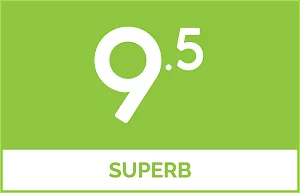 |
|
The good
|
The bad
|
Super Smash Bros. Ultimate was reviewed using a promotional code on Switch, as provided by Nintendo. Online play was tested post-release in real conditions. Click here to learn more about Stevivor’s scoring scale.
This article may contain affiliate links, meaning we could earn a small commission if you click-through and make a purchase. Stevivor is an independent outlet and our journalism is in no way influenced by any advertiser or commercial initiative.


